 Car Exterior Condition Map
Car Exterior Condition Map
The overall auction grade gives you a good general idea of the condition of the car. The interior and exterior grades help, and the auction inspector's comment provide more detail.
But what about the external condition of the car? The photos from the auctions are not very high resolution, but it is notoriously difficult to get an accurate idea of scratches and dents from photographs anyway. So how can you find out about the condition of the bodywork?
The answer is to use the car “map” that you will find at the bottom right of most auction inspection reports. The inspector uses a system of letters and numbers, as well as drawing directly on the diagram itself to give you a good idea of what the bodywork is like.
Most of it you can read yourself. Then, if there is any information on the map, written in Japanese, we will put that into the translation of the auction sheet when you place a bid.
Sometimes these comments just state what could have been written using the number and letter system below. However, sometimes there is information that the inspector cannot convey using this system, so he writes it long hand. Anyway, don’t worry about it, as we translate those comments for you anyway.
Common examples of comments you may see written in Japanese on the car map are:
-
Corrosion hole – There will be a “C” to indicate corrosion, but then a Japanese character after that which means “hole”.
- Paintwork worn – There will be a “P” for paintwork, and then the Japanese hage meaning “worn”.
- Misaligned – This is zure in Japanese. This is often seen at the corners of the car and refers to the bumper having been hit on the corner and then knocked out of alignment.
- Scrapes – This is suri in Japanese. These are not single line scratches that would be referred to with the “A” symbol, but a cluster of scratches and wear that constitute a scrape.
- Fading – This is ase in Japanese. This is where paintwork color has faded. Occasionally this is used for fading of the interior of the car as well.
- Tire Tread – The number on each wheel on the car map indicates the amount of tread remaining. This is only done at some auctions, so don’t worry if you see no numbers there at all — it just means the inspector does not check this at this auction.
The annotations you will have to read for yourself, so use the key below to understand what they mean. (Make sure you bookmark this page to refer to later when you are looking at cars.)

